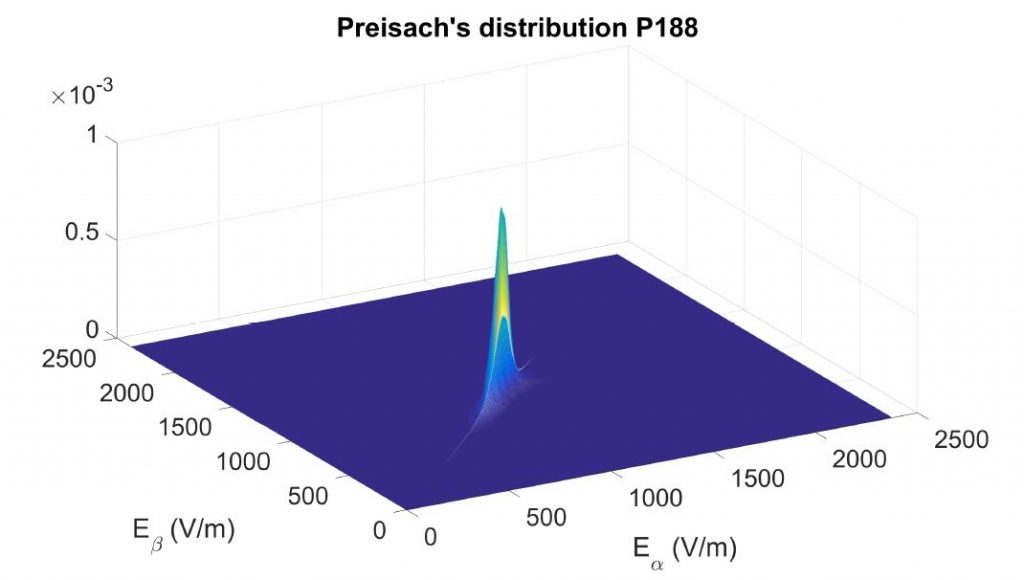Synchronized-switching techniques have significantly enhanced the harvested energy from semipassive and active surrounding ambient mechanical vibration harvesters. They have allowed a large improvement of vibration-control efficiency using piezoelectric devices. Unfortunately, for such techniques, dielectric limitations appear as soon as the piezoceramic operates under external solicitation of higher amplitudes and frequencies. Under extreme conditions, active materials exhibit nonlinear behavior related to dielectric hysteresis that significantly reduces their performance. In this work, we focus on this nonlinear behavior and its consequences in terms of system efficiency. We apply a realistic model including accurate material laws. In such models, a constant piezoelectric coupling d31 is not suitable as a coefficient anymore and it should be replaced by a function depending on the polarization level through the active material. The response of more realistic systems including hysteresis was taken into account and compared with the basic model, where a constant d31 was considered.

Branching-point probability m(Ea, Eb) distribution (Ea and Eb). Extreme value of Pis saturation polarization Psat.
Authors: Benjamin Ducharne, Bhaawan Gupta, Grzegorz Litak
This paper was published in Energies 2019, 12, 4466.
To read full text, please visit publisher site or download pdf file.
  | This work was supported by the program of the Ministry of Science and Higher Education in Poland under the project DIALOG 0019/DLG/2019/10 in the years 2019-2021. |